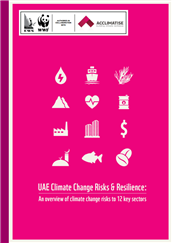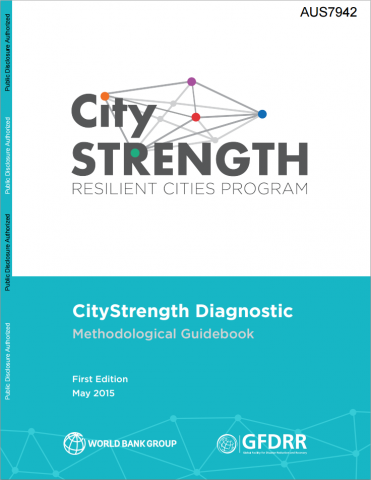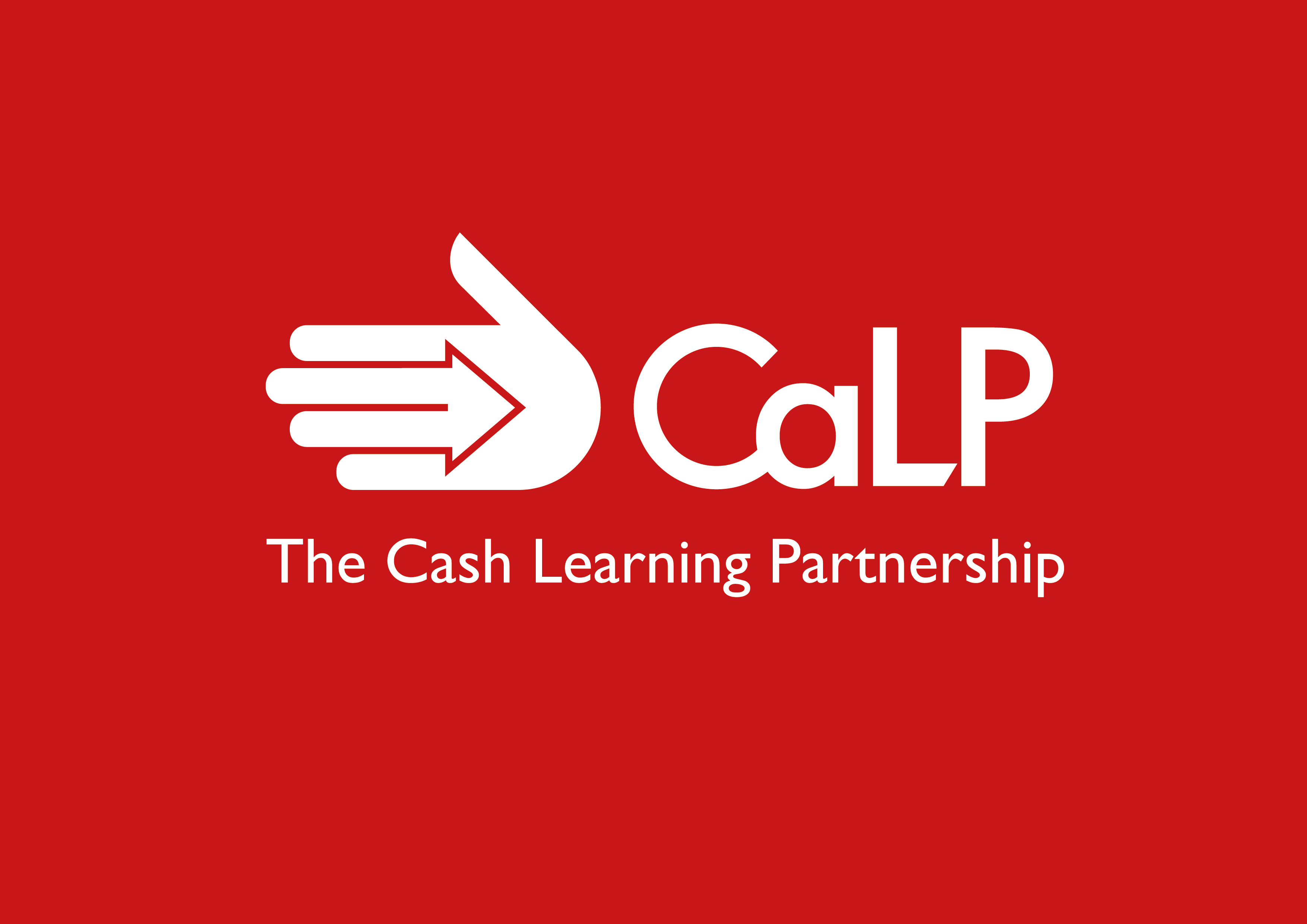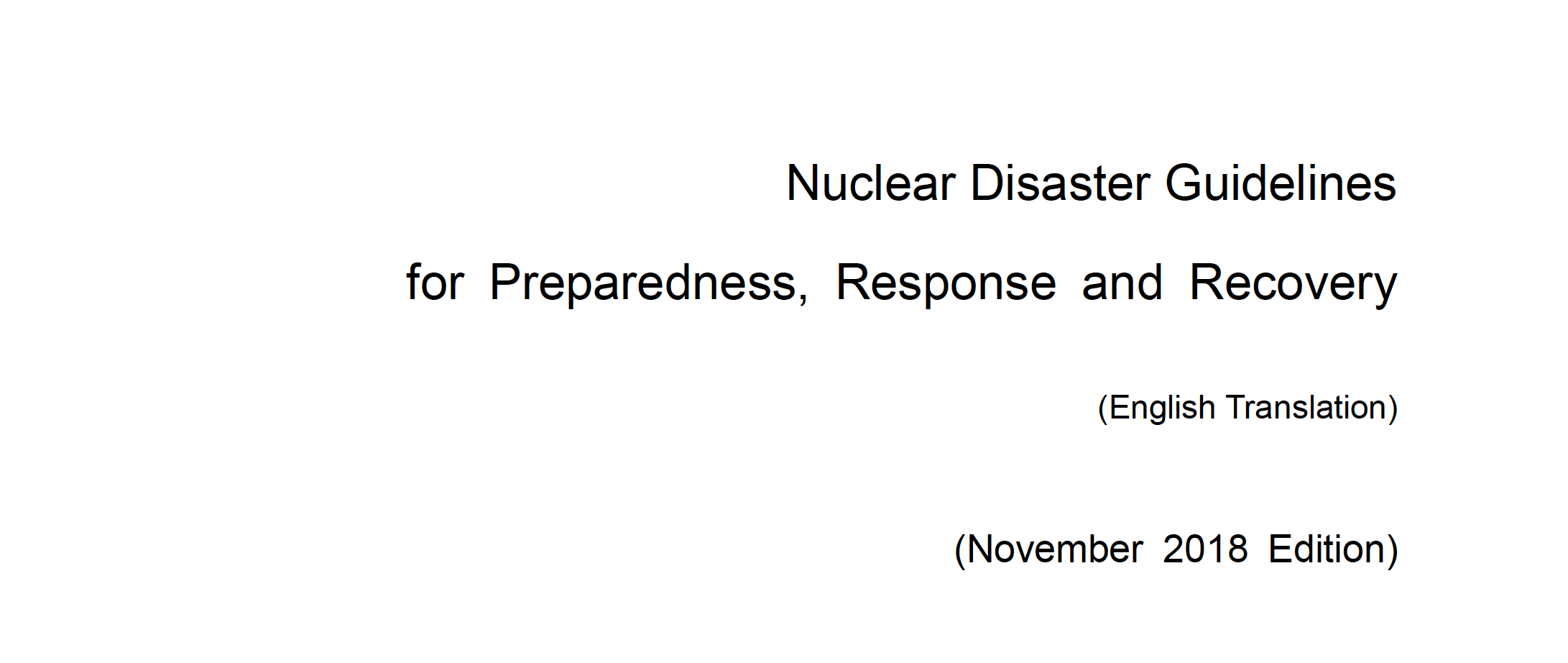City Strength Diagnostic Methodological Guidebook, GFDRR


City Strength Diagnostic was developed to help World Bank staff apply this new holistic approach to urban resilience to operations. It was designed to help facilitate a dialogue among stakeholders (e.g. government, civil society, residents, and the private sector) about risks, resilience, and the performance of urban systems. It is important to note that CityStrength is an engagement process, not an analytical study.
The CityStrength Diagnostic results in the identification of priority actions and investments that will enhance the city’s resilience as well as increase the resilience-building potential of planned or aspirational projects. It promotes a holistic and integrated approach that encourages cross-sectoral collaborations to more efficiently tackle existing issues and to unlock opportunities within the city.
Because cities depend on a complex network of infrastructure, institutions, and information – the resilience of each informs the resilience of the city as a whole. With this in mind, the CityStrength Diagnostic is structured around sectoral modules that cover topics within the city and metropolitan area purview, including Community and Social Protection, Disaster Risk Management, Education, Energy, Environment, Health, Information and Communications Technology, Local Economy, Logistics, Municipal Finance, Solid Waste Management, Transport, Urban Development, and Water and Sanitation. These modules were created based on a review of over 40 tools and methodologies related to resilience and the analysis of over 600 indicators contained within them. The CityStrength Diagnostic can be used in any city regardless of size, institutional capacity, or phase of development. As a qualitative assessment, the effectiveness of the diagnostic depends on the capacity of the specialists involved, significant stakeholder participation, and local government commitment to the process and follow-on engagement.
Online home
http://goo.gl/puCXGb


